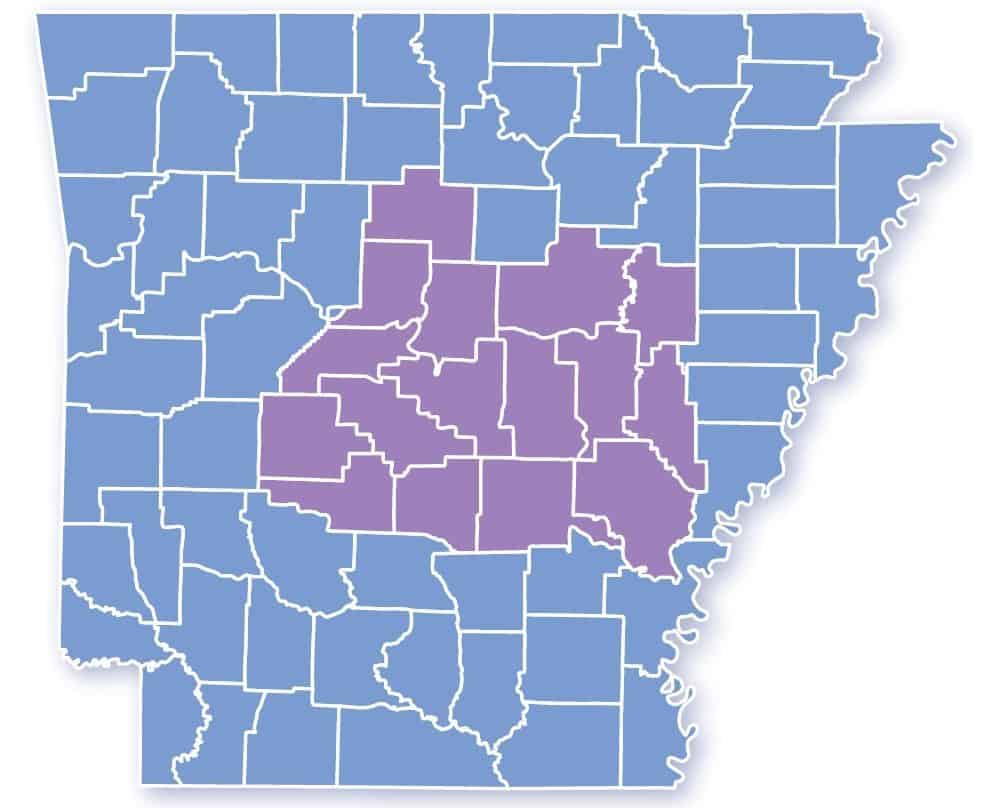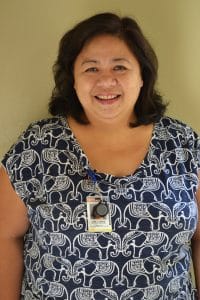New CDC, UAMS Report Finds One in 83 Central Arkansas Children Has Autism Spectrum Disorder
| March 31, 2016 | One in 83 central Arkansas children, or 1.2 percent, were identified as having Autism Spectrum Disorder (ASD), according to a new report by the Arkansas Autism and Developmental Disabilities Monitoring (AR ADDM) Program of the University of Arkansas for Medical Sciences (UAMS).
The regional estimate is based on information collected from health records of children 8 years old and living in 16 central Arkansas counties in 2012. The counties included Arkansas, Conway, Faulkner, Garland, Grant, Hot Spring, Jefferson, Lonoke, Monroe, Perry, Prairie, Pulaski, Saline, Van Buren, White and Woodruff.
Eldon G. Schulz, M.D., Rockefeller Professor in the Department of Pediatrics in the UAMS College of Medicine, served as principal investigator on the study. The data is part of a national release of data today from 11 states by the Centers for Disease Control and Prevention (CDC).
The prevalence of autism in the 16 counties did not change significantly from the last autism report that was released in 2014 using data collected from 2010, said Maya L. Lopez, M.D., associate professor in the Department of Pediatrics in the College of Medicine.
The 2012 data found boys are four times more likely to be identified with ASD than girls, which was also found in the 2010 data. There was no significant difference in the percentage of white and black children with ASD in this region.
“We found seven fewer cases of autism in 2012, though this did not change the rate of prevalence overall. However, we did find the average age that children with ASD actually receive diagnosis is higher, which is a finding that warrants careful consideration,” she said. “This study gives another point in time to compare with previous findings and highlights the need for more studies to better understand how ASD is diagnosed.”
The data showed about 88 percent of children with ASD had concerns about their development noted in their health records by age 3; however, about 24 percent of children with ASD received a comprehensive developmental evaluation by the same age. More than half were not diagnosed with ASD by a provider until after age 5.
The findings stress the importance of early identification for spectrum disorders, Lopez said.
“Even if ASD is diagnosed later, what is more critical is that developmental concerns are recognized and developmental evaluations are done before 3 years of age, which would allow them to receive the services and support needed sooner,” she said.
“At the same time,” she continued, “we need to evaluate our referral and triage process not just at the diagnostic center but also at our referral resources. We need to invest in education and training of our health care and educational professionals, especially in early childhood, to reinforce knowledge and understanding of typical development so we can identify children who are showing signs of developmental differences.”
The 2010 count was statewide and found one in 65 children in Arkansas were identified as having ASD. Due to technology and time constraints, AR ADDM was only able to review health records in central Arkansas for the current report. When comparing records in the 16-county area for 2010 and 2012, there was no significant change in prevalence.
The Arkansas monitoring program, in collaboration with the Arkansas Department of Health, is one of only two sites in the ADDM Network to track autism in an entire state and the only site that continues to do so.
AR ADDM relies on close collaboration with more than 250 education and health care providers throughout Arkansas to obtain complete and accurate data. The statewide monitoring program covers the largest geographic area in the national network. Research team members in some cases must travel more than 500 miles to visit data sources.
UAMS is the state’s only health sciences university, with colleges of Medicine, Nursing, Pharmacy, Health Professions and Public Health; a graduate school; a hospital; a main campus in Little Rock; a Northwest Arkansas regional campus in Fayetteville; a statewide network of regional campuses; and eight institutes: the Winthrop P. Rockefeller Cancer Institute, Jackson T. Stephens Spine & Neurosciences Institute, Harvey & Bernice Jones Eye Institute, Psychiatric Research Institute, Donald W. Reynolds Institute on Aging, Translational Research Institute, Institute for Digital Health & Innovation and the Institute for Community Health Innovation. UAMS includes UAMS Health, a statewide health system that encompasses all of UAMS’ clinical enterprise. UAMS is the only adult Level 1 trauma center in the state. UAMS has 3,275 students, 890 medical residents and fellows, and five dental residents. It is the state’s largest public employer with more than 12,000 employees, including 1,200 physicians who provide care to patients at UAMS, its regional campuses, Arkansas Children’s, the VA Medical Center and Baptist Health. Visit www.uams.edu or uamshealth.com. Find us on Facebook, X (formerly Twitter), YouTube or Instagram.###

